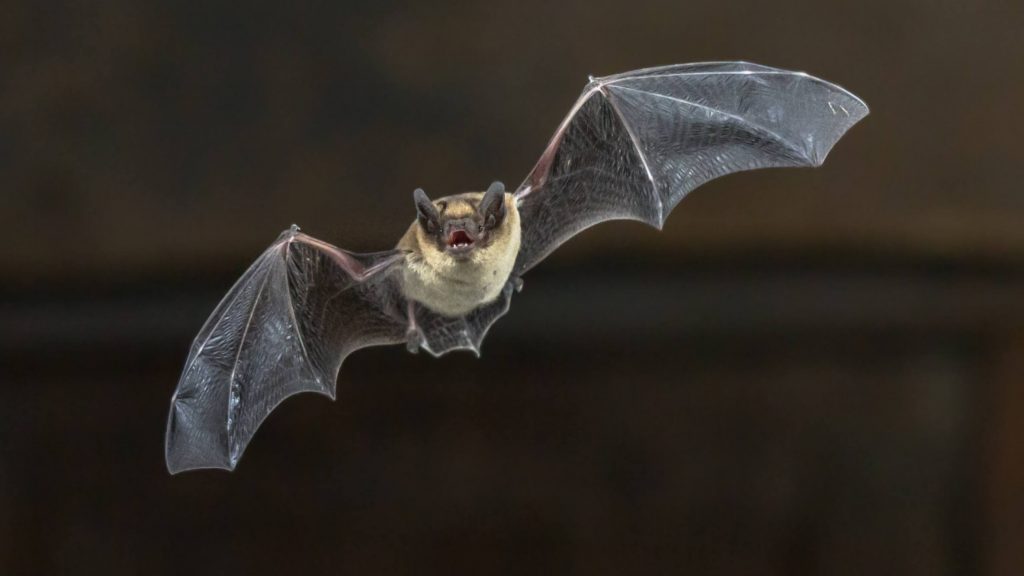-
Featured News
Understanding rabies

A person has died of rabies following exposure to a bat. According to the Minnesota Department of Health, this is the fourth case of human rabies in the state since 2000. The diagnosis was confirmed by the Centers for Disease Control and Prevention.
Rabies is a deadly virus spread to people from the saliva of infected animals, usually through a bite. In the U.S., rabies is mostly found in wild animals, such as bats, raccoons, skunks and foxes.
"This virus ascends the nerve up to the brain and then infects the brain," explains Dr. Robert Jacobson, medical director for Mayo Clinic's Primary Care Immunization Program. "It causes inflammation that's overwhelming, and it causes changes in behavior — and then eventually leads to seizures, coma and then death."
Watch: Dr. Robert Jacobson discusses infant immunizations
Journalists: Broadcast-quality sound bites with Dr. Robert Jacobson are in the downloads. Please "Courtesy: Mayo Clinic News Network."
The first symptoms of rabies may be similar to those of the flu. But Dr. Jacobson says once someone starts showing signs and symptoms, it's too late.
"We can't do anything to prevent rabies once you've developed symptoms, and, so, we're actually asking people instead to recognize when they might have been exposed."
Someone who might have been exposed should seek medical care immediately to get a series of shots to prevent the infection from taking hold.
"One is called rabies immune globulin," says Dr. Jacobson. "This is a passive immunization of collected antibodies against rabies that the nurse will actually inject directly into the wound if it's an animal bite that is visible. This works immediately to give you protection while you're waiting for your body to respond to the vaccine."
Dr. Jacobson says that rabies vaccine is given on the day of the exposure, then a dose of vaccine given again on the third, seventh and fourteenth days.
"It's not the old series where you heard about being given in the stomach and how you needed 14 doses, and it was excruciating," Dr. Jacobson adds. "I want my patients to think about it as a preventative vaccine. It's going to hurt the way a flu vaccine hurts."
The U.S. averages one to three human cases of rabies each year, with around 55,000 people seeking rabies vaccinations after potential exposure, according to the Centers for Disease Control and Prevention . To reduce the risk of coming in contact with a rabid animal, Dr. Jacobson says that it's not just wildlife you should stay away from.
"We need to remind our parents to watch out for the children and remind them not to play with stray animals that might not have been vaccinated and might have been bitten by a raccoon, fox or skunk, and is actually exposing your child to possibly rabies," says Dr. Jacobson. "We ask that everyone who has pets to make sure that they have had their vaccines, including the rabies vaccine. That's how we keep your family safe. That's how we keep your pets safe."
"We also need everyone to take contacts with bats seriously," adds Dr. Jacobson. "Any physical contact should be treated as a bat bite. The bites leave no marks. In fact, if an adult wakes up and finds a bat in the same room, we need to treat that adult as though the adult was possibly bitten by a bat. If the bat can be tested for rabies, that's great. If not, we need to start the rabies prevention series. If a young child is found in a room with a bat — asleep or awake — we need to make the same assumptions. The same goes for an awake but inebriated adult."







